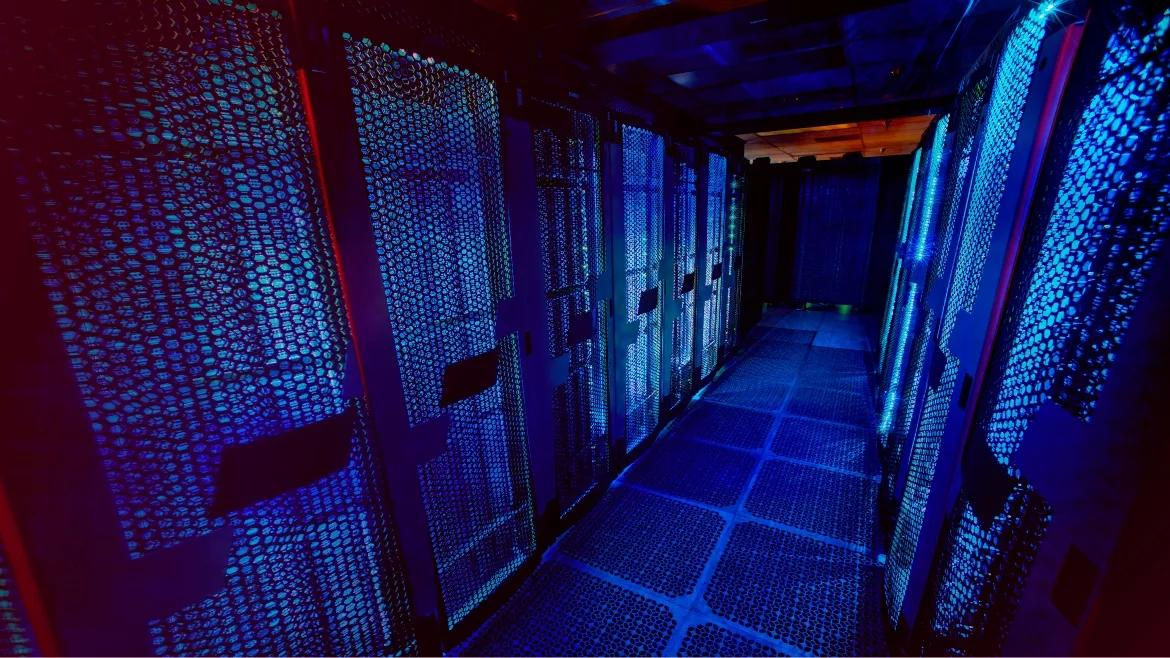The keys to data resilience: Hindsight, foresight and preparing for the unexpected

Image via Freepik
They say hindsight is 20/20, and disaster recovery planning has been no exception to that. It’s easy to look into the past — especially someone else’s — and say, “I would have done something different.” While it’s important to look back on past events, being resilient means anticipating what’s to come in the future and preparing accordingly, especially in light of climate change.
It is no secret that temperatures and the frequency of natural disasters are rising.
Sweltering heat waves are taking out power grids, floods are devastating entire towns, and fires continue to rage longer, hotter and more frequently. Part of keeping data secure is being prepared in advance for exactly these sorts of situations.
It’s easy to look at your data center, with its redundant power and cooling, automated notification systems, and modern data protection system and think that you don’t have to worry about such things. However, think about all that redundancy in the light of some of the events of the past few years:
● Both Google and Oracle data centers in the U.K. recently struggled to keep up with the increased demands on their cooling systems and were knocked offline when temperatures rose to a record 104 degrees. Think of the catastrophic events that could happen if even your redundant cooling system went offline due to overuse.
● In the U.S., wildfires have tragically taken out entire towns and the data centers that go with them. And although the infamous OVHcloud fire of 2021 was not caused by a wildfire, it just reinforces the idea that no single approach can protect you from everything.
● Finally, the increasing risks of widespread flooding from superstorms and hurricanes means that unless all your data is stored on the top of a hill, you should seriously consider diversifying where you store your backups.
It’s important to understand that any loss of service for your business can have significant business implications. A customer who switches to a competitor during your outage may never return. Showing up on the news as a cautionary tale is never good for a brand.
This is why it is important to look at these major disasters and ask yourself (and your team) hard questions about your potential response and if it would be any different from the companies that lost everything in such events. Are you using redundant systems in the cloud to ensure you can resume operation after such an event, or even fail over to them before a looming disaster? Is your disaster recovery system impervious to major disasters that take out the infrastructure you rely on to deliver service? If your data center has no power or internet access and is inaccessible for multiple weeks, can your disaster recovery plan accommodate that?
Going Beyond a Hindsight Approach
If you’re unsure of the answers to these questions, then it’s past time for introspection. Follow these steps to ensure you can respond efficiently to a disaster.
- Step one: Define and agree to recovery SLAs (RTO & RPO) for each part of the business.
- Step two: Develop fully-automated backups that “just happen” without human intervention.
- Step three: Consider using a Software as a Service (SaaS)-based backup and disaster recovery system that will ensure your protection copies are stored very far from anything that would do your data center damage.
- Step four: Consider using a modern system that can automatically perform your disaster recovery in the cloud, again ensuring you can resume operation even before the disaster strikes.
Look at the headline-creating stories of data loss in the last few years, and ask yourself if you’d be prepared if that happened to your business. If the answer is no, take a look at the list above and start making better plans before it’s too late.
Looking for a reprint of this article?
From high-res PDFs to custom plaques, order your copy today!







